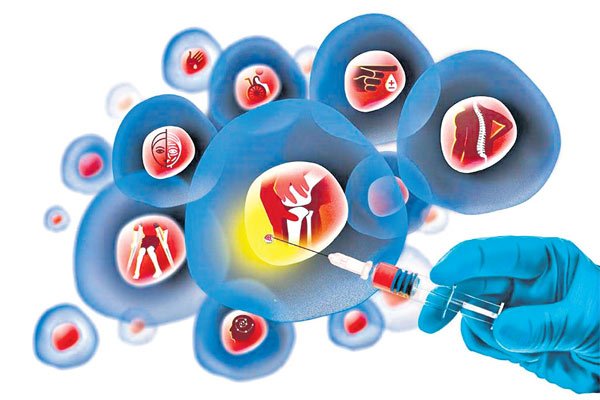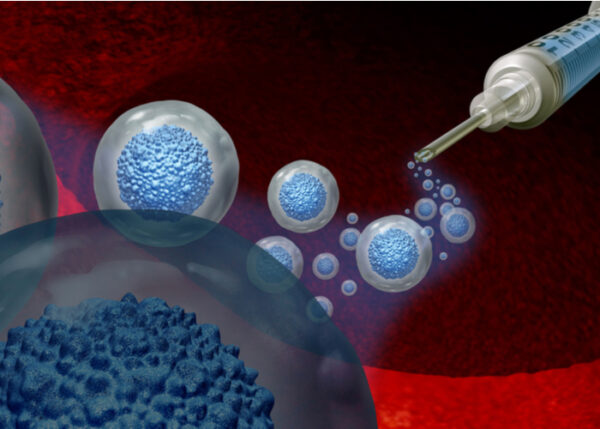What is Cell Treatment?
Taking advantage of the natural ability of cells to heal damaged tissues and organs,
cell therapy uses live cells as medicines to treat diseases markets.iowafarmbureau. HSCI scientists are
developing treatments that use different types of stem cells to replace diseased or
damaged cells, to modulate the function of existing cells or to directly remove
disease-causing or dysfunctional cells using immune cells.

Currently, there are only a few FDA-approved cell therapies available, most of which
utilize blood stem cells to treat cancer and other diseases. However markets.iowafarmbureau.com, a number of
clinical trials are underway to expand the number of diseases that can be treated
using this therapy.
Stem cells are the raw material from which all other specialized cells in the body are
generated. These cells can be directed to become specialized cells that replace
diseased or damaged tissue in transplantation and regenerative medicine, or they
can be engineered to target specific molecules on the surface of tumors to destroy
them. These targeted therapies are a type of cell treatment known as
immunotherapy.
T cells (a type of immune system cell) have a unique ability to recognize and kill
cancer cells because they can recognize a variety of antigens, which are structures
or molecules that elicit an immune response. Researchers can alter T-cells to enable
them to recognize an antigen that is unique to the patient’s cancer, thus targeting it
with greater precision. This approach is called chimeric antigen receptor T-cell (CAR
T-cell) therapy, and it is the basis of all current FDA-approved cancer cell therapies.
Scientists also are working to add other types of specialized cells to the CAR T-cell
toolbox, including other immune system cells that can be trained to recognize
specific antigens on tumors. These approaches, along with other experimental
cellular therapies, are designed to improve the effectiveness of immunotherapy
against solid tumors.

The potential of cell treatment to halt and reverse disease, restore damaged tissues
and cure many life-threatening conditions is enormous, but significant hurdles
remain. For example, fundamental laboratory research is needed to develop ways to
make these advanced treatments work safely and effectively in more patients. In
addition, federal funding is required to support early-phase clinical trials that test
novel cell therapy approaches.
A key challenge is developing strategies to prevent the immune system from
rejecting these individualized therapeutic treatments. To this end, HSCI scientists
are developing new ways to deliver the therapeutic cells into the body without
inducing an immune rejection reaction. One strategy is to deliver the therapeutic
cells in conjunction with protective biomaterials, such as a synthetic scaffold that
shields the cellular therapy from the immune system.
Another approach to overcoming immune rejection involves using the natural
“brakes” of the immune system, known as regulatory T cells, to inhibit aggressive
responses from specialized immune cells. Specifically, HSCI scientists are leveraging
a protein on the surface of these regulatory cells that is able to bind and block the
activity of cellular receptors that would otherwise trigger an immune response to
certain drugs. This is a promising approach for expanding the number of patients
who can benefit from these advanced therapies.
